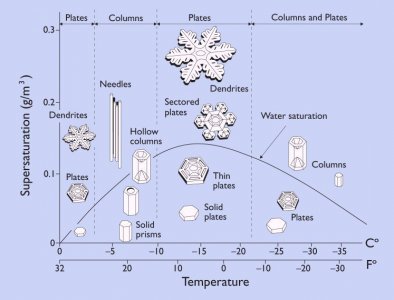Okay, point taken, but you could look in local newspapers and find someone mentioned there, plus there are all kinds of shows nowadays where you phone in with similarly bizarre queries, and they find an expert of some kind dont they!
Until "someone" does that I'll show you what my internet search has uncovered, firstly about the "quality of snow" would you believe!
"It can
't be too cold or not cold enough.” Temperature is paramount, says Pruett. Too high a temperature and the snow will be wet and lack strength. If the snow is too cold and dry, it will be too powdery to form stable snowballs, which are then built out into the base, torso, and head of the snowman."
https://qz.com/153318/the-science-behind-the-art-of-building-a-snowman/
Or this one:
https://www.backyardboss.net/how-to-make-a-snowman/
More science here:
https://www.smithsonianmag.com/science-nature/do-you-want-build-snowman-physics-180954024/
"First, let’s talk about the snow. “Snow can either be too wet or too dry,” points out Dan Snowman, a physicist at Rhode Island College in Providence. Scientists actually classify snow based on its moisture content—the amount of free water relative to ice crystals—not to be confused with the amount of water the snow would produce if melted. Snow comes in five categories: dry (zero percent water), moist (less than 3 percent), wet (3 to 8 percent), very wet (8 to 15 percent) and slush (more than 15 percent).
By that scale, moist to wet snow is ideal for snowman building, according to Jordy Hendrikx, a snow scientist at Montana State University. Dry snow is like a loose powder with particles that don’t stick together very well, while slush is too fluid to hold a shape. “You can think of the free water as the ‘glue.’ You need enough to stick the crystals together, but not too much. Otherwise it won't form a solid snowman,” says Hendrikx."

"The surrounding air temperature mainly determines the amount of water in snow, as well as its crystal structure. Wet and moist snows fall at around 32 degrees Fahrenheit. Far below-freezing temperatures make for drier snow, because more water particles freeze into crystals. Freshly fallen wet or moist snow crystals are usually shaped like classic branching snowflakes, called dendrites, providing lots of surface area for the watery glue to bind with. Colder conditions produce flat plate shapes with less surface area, making it even harder to mold the dry powder into snowballs and snowmen."






